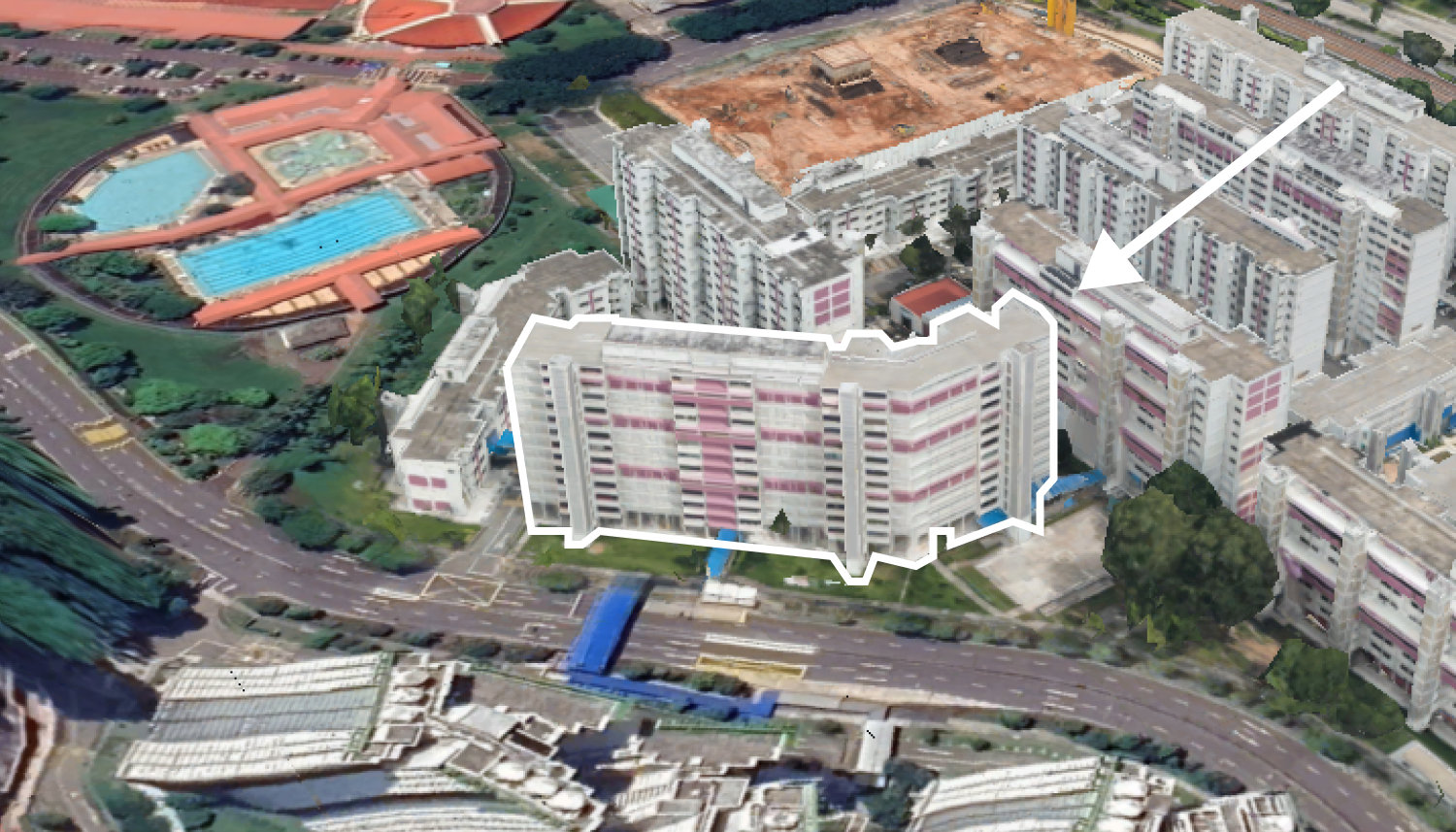How Will CPF Changes In 2025 Affect Your Housing Decisions In Singapore?
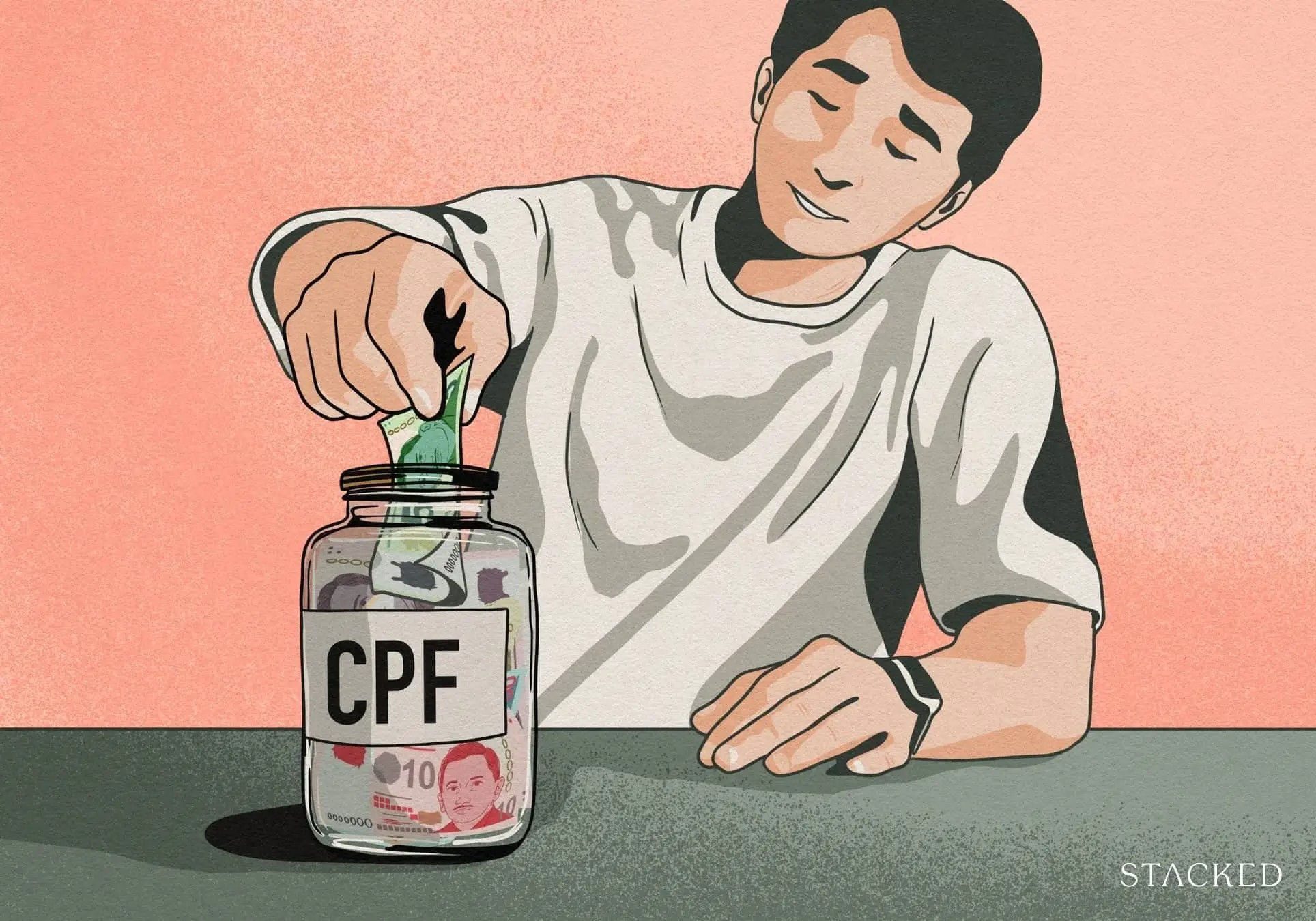
Get The Property Insights Serious Buyers Read First: Join 50,000+ readers who rely on our weekly breakdowns of Singapore’s property market.
A seasoned content strategist with over 17 years in the real estate and financial journalism sectors, Ryan has built a reputation for transforming complex industry jargon into accessible knowledge. With a track record of writing and editing for leading financial platforms and publications, Ryan's expertise has been recognised across various media outlets. His role as a former content editor for 99.co and a co-host for CNA 938's Open House programme underscores his commitment to providing valuable insights into the property market.
Several changes to the Central Provident Fund (CPF) have taken effect from 2025, prompting questions about their impact on housing purchases in Singapore. The effects vary between individuals, depending on their reliance on CPF for housing and the extent of its use. Here’s a summary of the recent changes and their potential implications for your buying decisions:
Changes to CPF in 2025
These changes mostly took effect from January 2025 and are currently in place:
1. Closure of the Special Account (SA) for members aged 55 and above
As of 19 January 2025, the SA for members aged 55 and above has been closed. Savings in the SA have been transferred to the Retirement Account (RA) up to the Full Retirement Sum (FRS), where they continue to earn long-term interest. Any remaining SA savings have been moved to the Ordinary Account (OA), earning the short-term interest rate, and can be withdrawn when needed.
Impact on housing purchases:
While home loans and stamp duties are typically serviced through the OA, previously, homebuyers aged 55 and above could transfer excess SA funds to their OA, provided they met the FRS in their RA. With the closure of the SA, this option is no longer available, potentially resulting in less money in the OA for mortgage payments or stamp duties for some buyers in this age group.
However, many property buyers aged 55 and above are often right-sizing rather than upgrading. If they are selling a larger property to purchase a smaller one, they may have sufficient proceeds to avoid the need for loans or CPF funds. Note that this change does not impact younger homebuyers.
2. Increased Enhanced Retirement Sum (ERS) amount
From 1 January 2025, the ERS has been raised to $426,000, which is four times the Basic Retirement Sum (BRS). For instance, if the BRS is $106,500:
- Basic Retirement Sum (BRS): $106,500
- Full Retirement Sum (FRS): $213,000 (2x BRS)
- Enhanced Retirement Sum (ERS): $426,000 (4x BRS)
Those who meet the ERS could receive CPF LIFE monthly payouts of around $3,100 to $3,300 for life from age 65. In comparison, those turning 65 in 2025 who had previously met the FRS at age 55 could receive CPF LIFE monthly payouts of $2,500 to $2,700.
Impact on housing purchases:
Older homeowners may consider right-sizing their homes, topping up to the maximum ERS, and living off higher CPF payouts for life. This approach could be more reliable than maintaining a larger property for rental income, which involves finding tenants, managing payments, and potential vacancies.
More from Stacked
New MRT Plans Revealed: How Tengah & Seletar Lines May Boost Northern Homes
In news that will please north-end residents (and possibly annoy those who feel the train lines are already too convoluted),…
3. Higher monthly salary ceiling for CPF contributions
As part of an ongoing plan, the CPF monthly contribution cap increased from $6,800 to $7,400 per month as of January 2025, with a further increase to $8,000 per month planned for 2026.
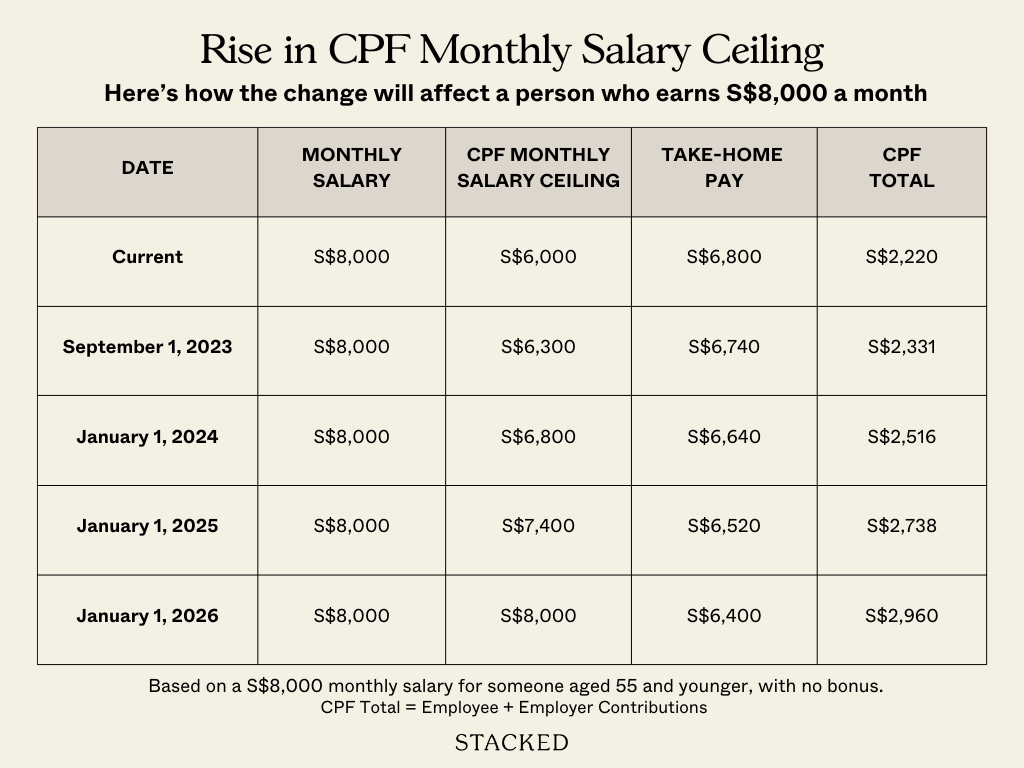
Impact on housing purchases:
Higher-earning Singaporeans who reach the ceiling are now required to save more, resulting in increased OA balances available for housing expenses. However, this comes at the expense of reduced take-home pay.
4. Enhanced Matched Retirement Savings Scheme (MRSS)
The MRSS is designed to assist those who begin retirement savings later in life. Under this scheme, the government matches voluntary top-ups to the RA dollar-for-dollar. As of 2025, the matching grant cap has been raised from $600 to $2,000 per year, and the age cap has been removed.
Impact on housing purchases:
This enhancement can influence decisions on whether to retain a larger property for rental income or to right-size. For example, a senior could downsize from a five-room flat to a three-room flat and use the cash difference to make voluntary CPF top-ups for higher guaranteed payouts. Alternatively, substantial top-ups could enable seniors to maintain their current home without the need to right-size.
5. Higher CPF contribution rates for seniors and platform workers
For older workers (above 55), contribution rates have increased by 1.5% from 1 January 2025, with employers contributing an additional 0.5% and employees contributing an additional 1%. For platform workers, contributions are mandatory only if born after 1 January 1995; otherwise, it remains an opt-in programme.
Impact on housing purchases:
The main effect is higher OA savings, which can assist when buying a home, though this comes at the cost of lower take-home pay.
Overall, the CPF changes in 2025 lean towards higher forced savings, potentially making homes more affordable for platform workers and older workers with limited CPF savings. The closure of the SA is not likely to impact the average homebuyer significantly, primarily affecting older homeowners who had plans outside of right-sizing. It will be interesting to observe whether older flat owners decide to rely more on CPF than rental income, given the option for higher lifelong payouts.
For more on the situation as it unfolds, follow us on Stacked. If you’d like to get in touch for a more in-depth consultation, you can do so here.
Ryan J. Ong
A seasoned content strategist with over 17 years in the real estate and financial journalism sectors, Ryan has built a reputation for transforming complex industry jargon into accessible knowledge. With a track record of writing and editing for leading financial platforms and publications, Ryan's expertise has been recognised across various media outlets. His role as a former content editor for 99.co and a co-host for CNA 938's Open House programme underscores his commitment to providing valuable insights into the property market.Read next from Property Market Commentary
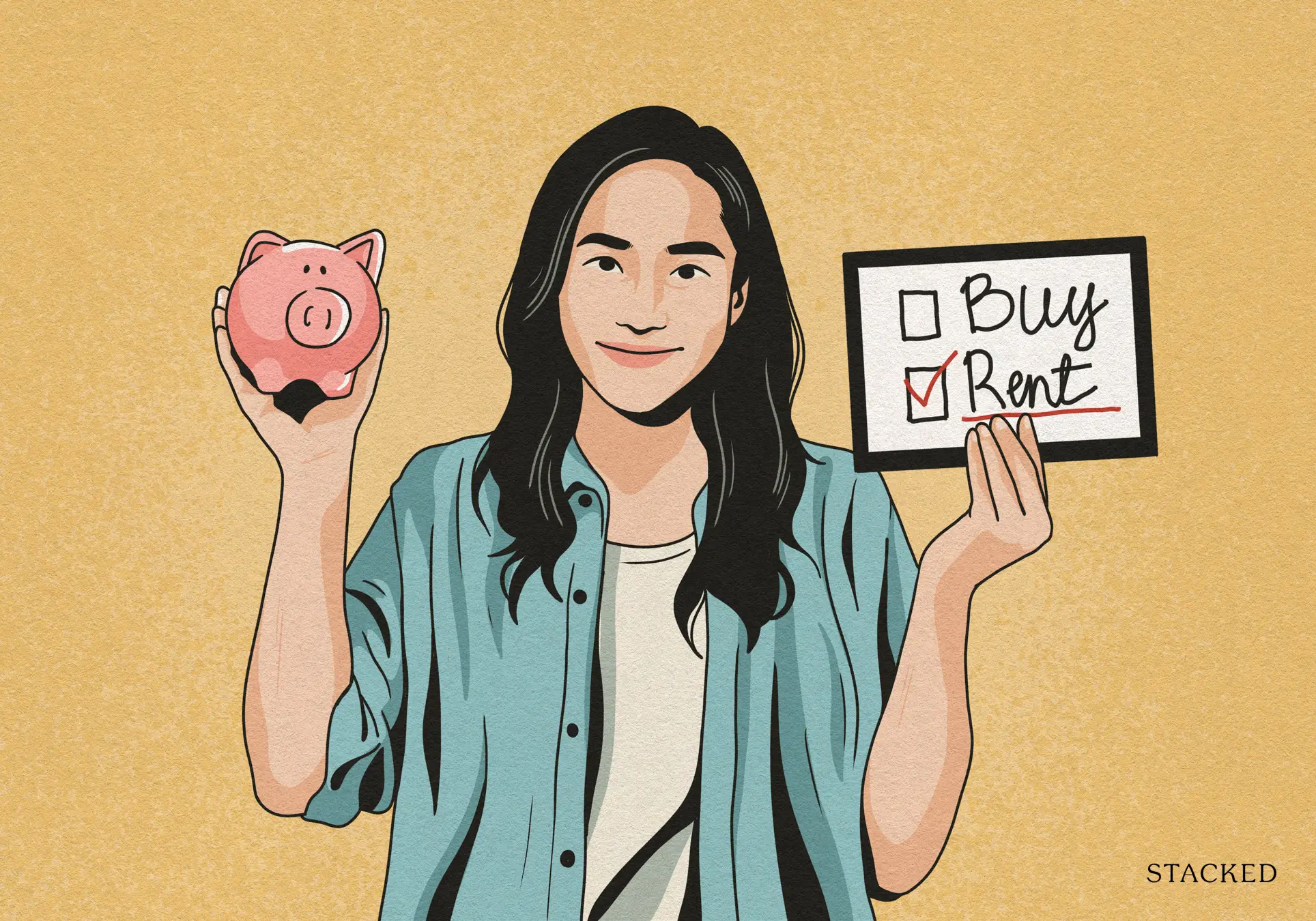
Property Market Commentary When Renting In Singapore Is The Smarter Move — And Buying Can Wait
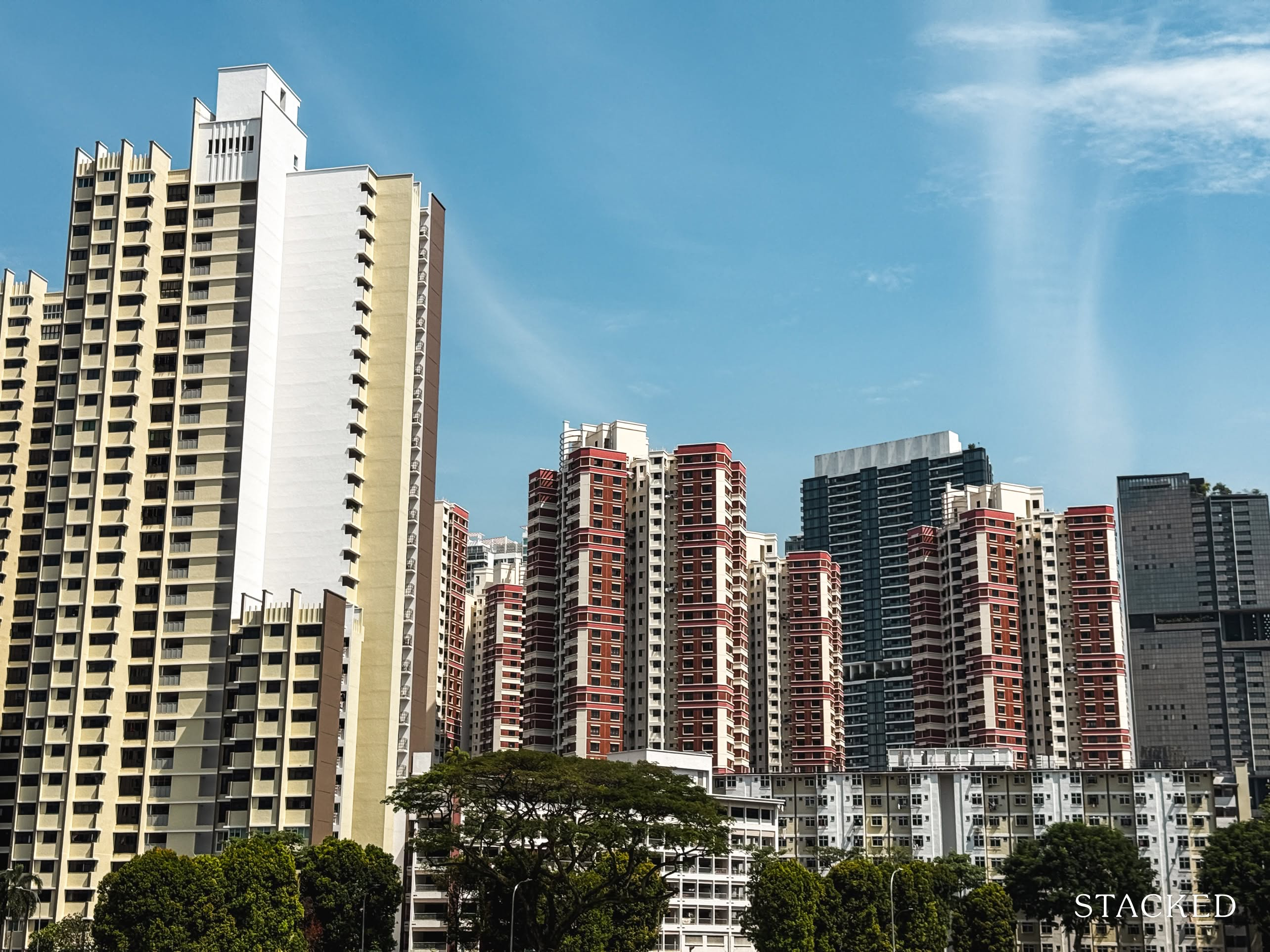
Property Market Commentary A Wave Of New HDB Resale Supply Is Coming In 2026: Here’s Where To Find Them
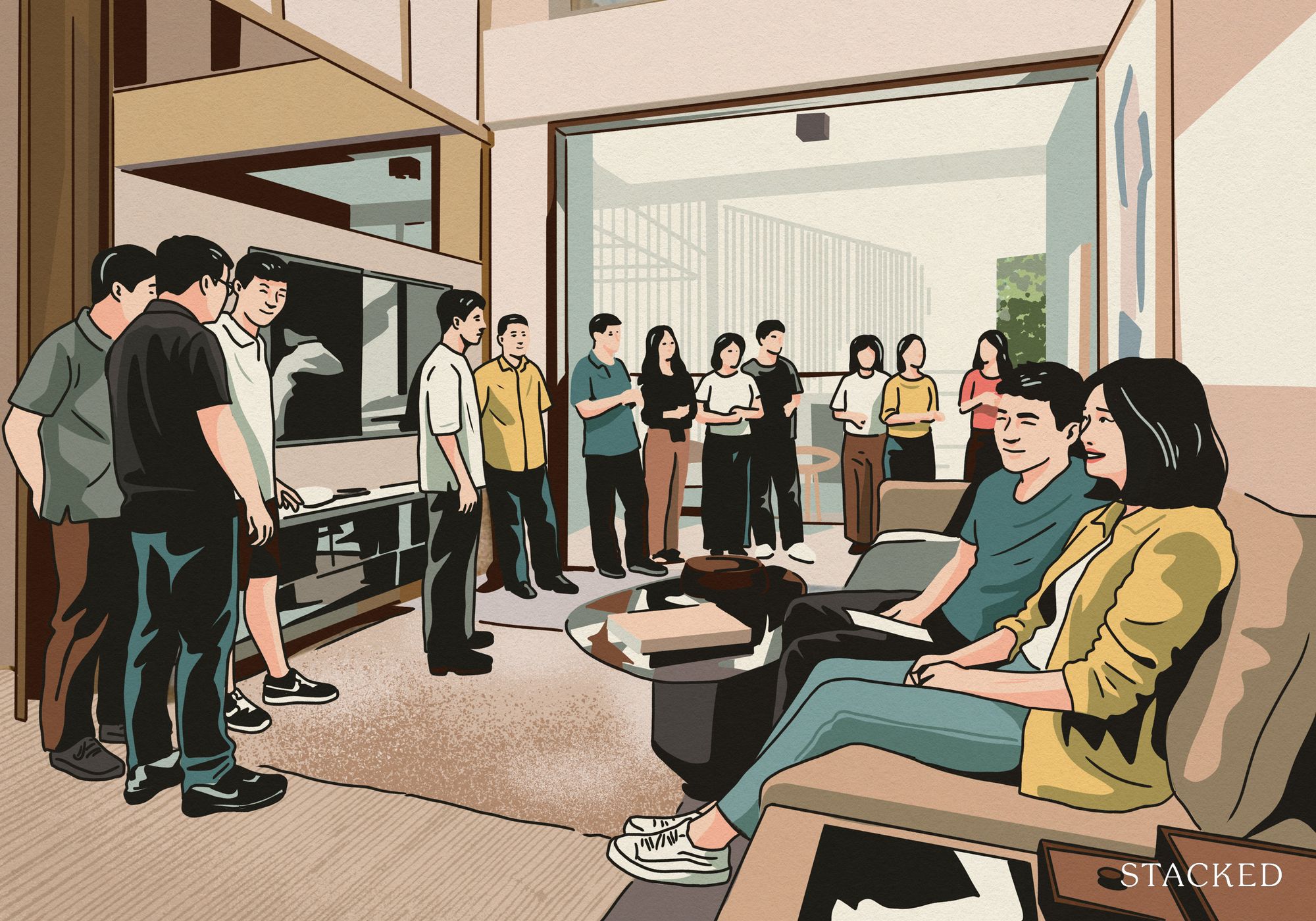
Property Market Commentary 5 Key Features Buyers Should Expect in 2026 New Launch Condos
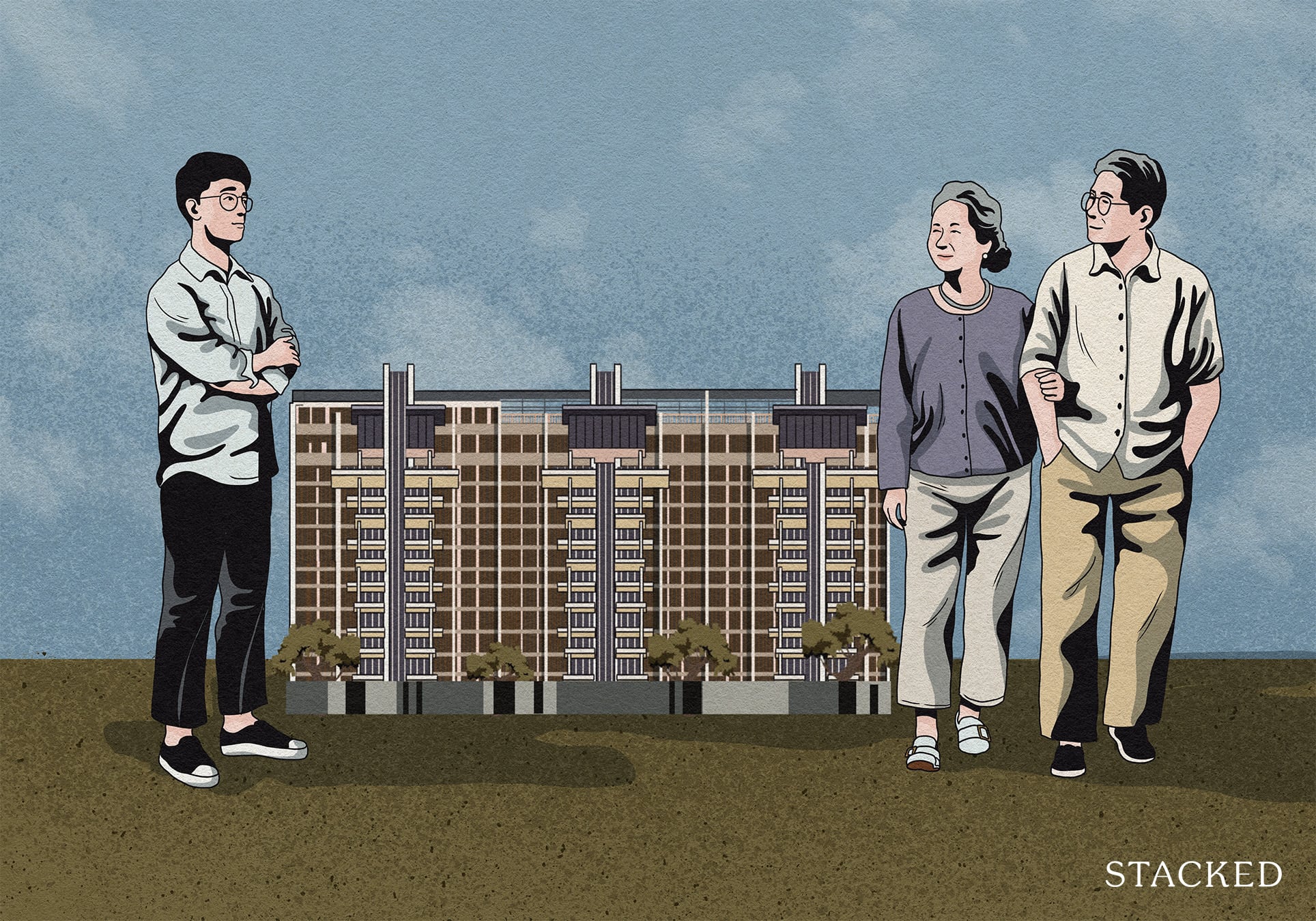
Property Market Commentary What “Lucky” Singaporean Homebuyers Used To Get Away With — That You Can’t Today
Latest Posts
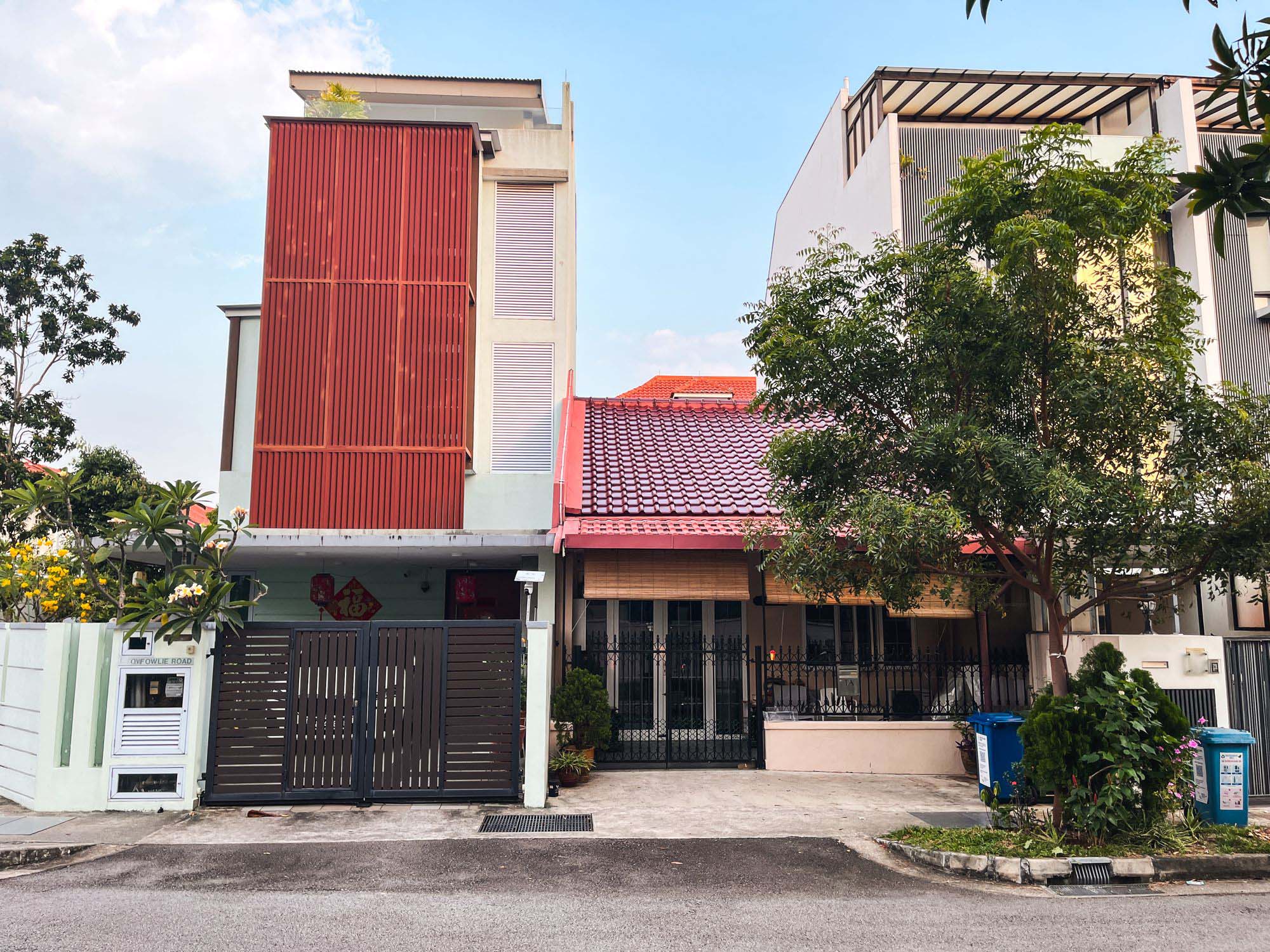
Landed Home Tours Why Singaporean Families Are Looking At This Landed Enclave From Around $4M
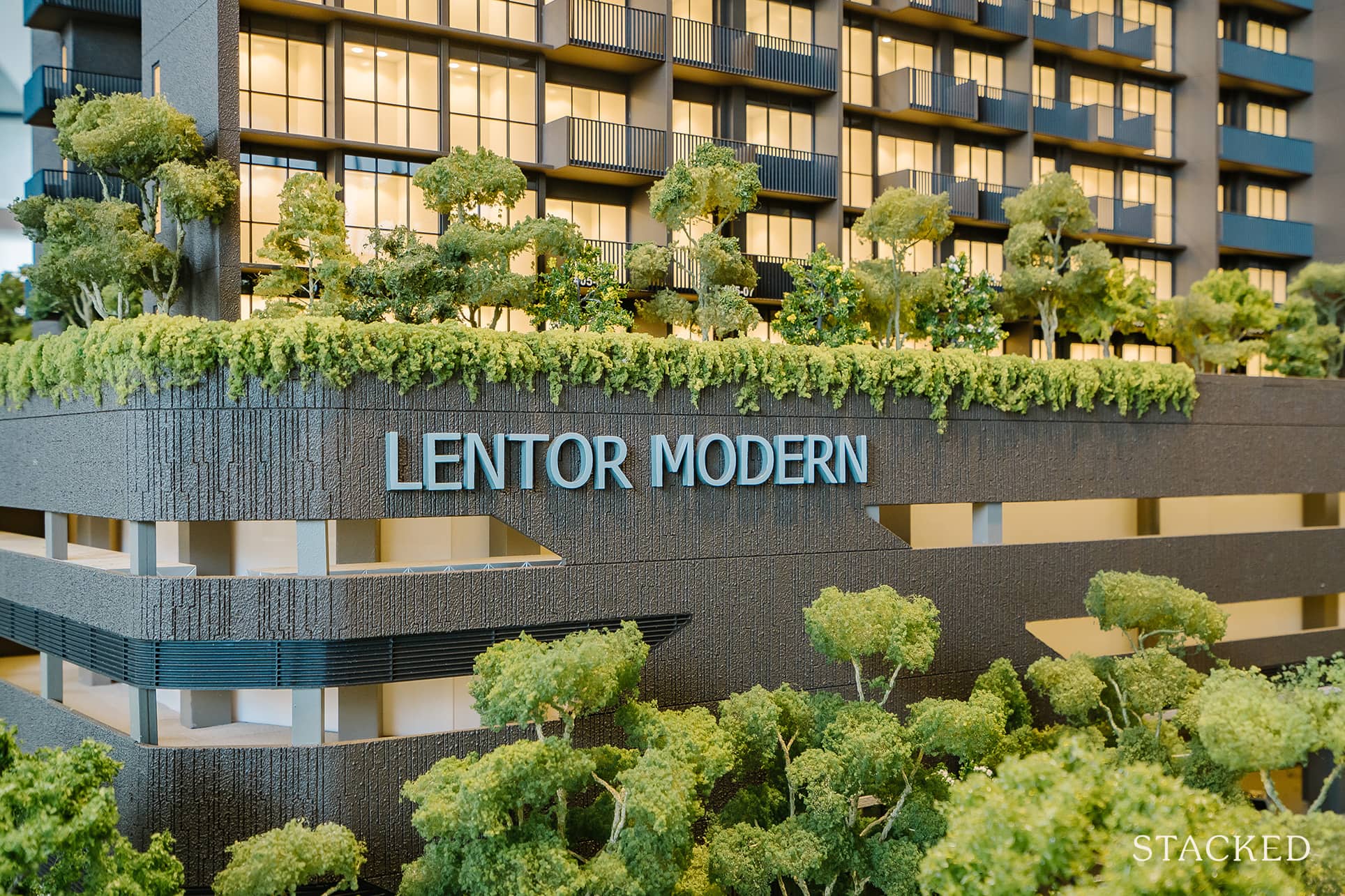
Singapore Property News Lentor’s First Condo Is Complete — The Early Profits May Surprise You

Property Advice We Own A $800K 1-Bedder And A $1.1M 3-Bedder: Is It Possible To Upgrade To A 4-Bedder Condo?
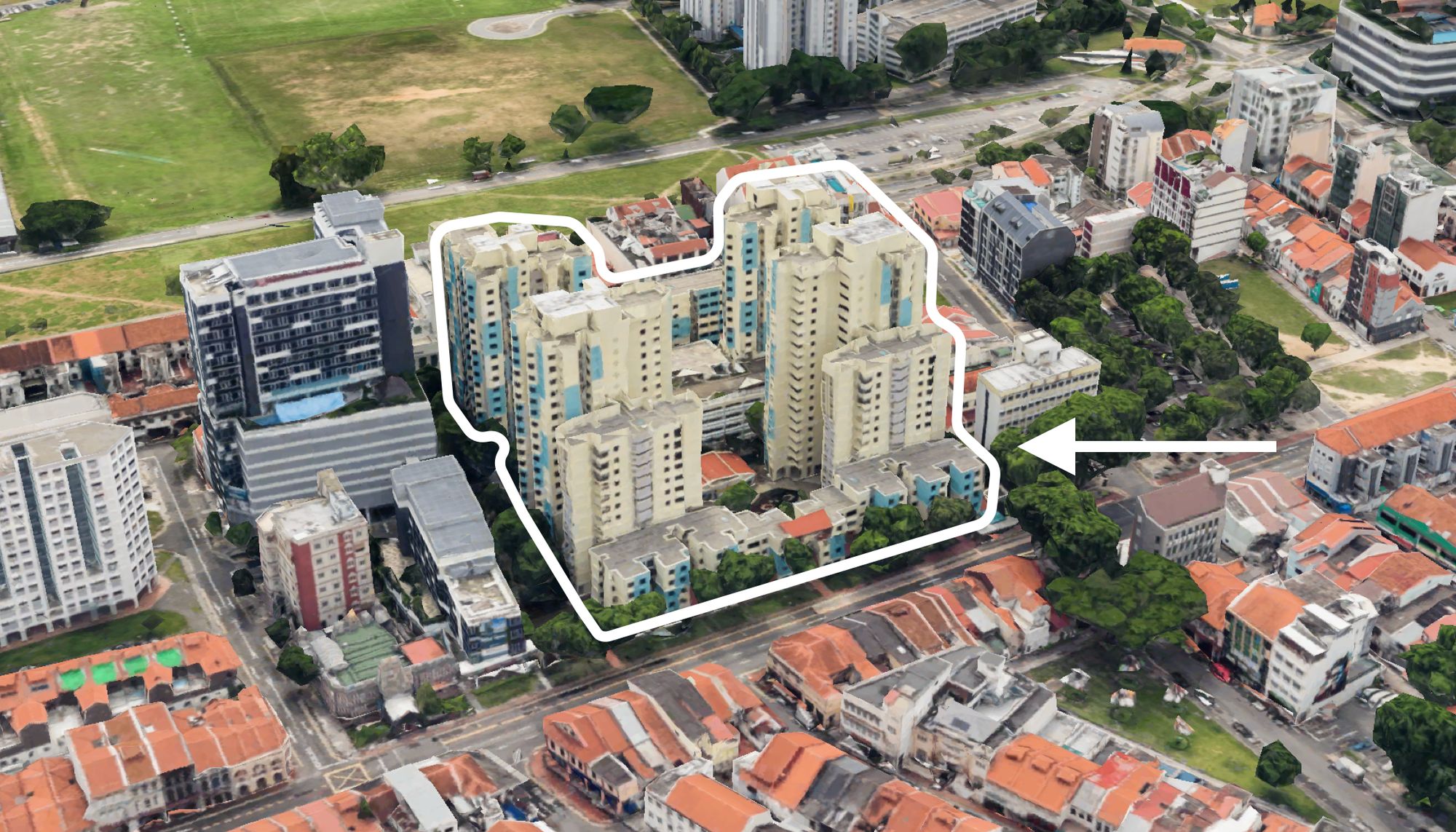
On The Market These Are Some Of The Cheapest 5-Room HDB Flats Left In Central Singapore
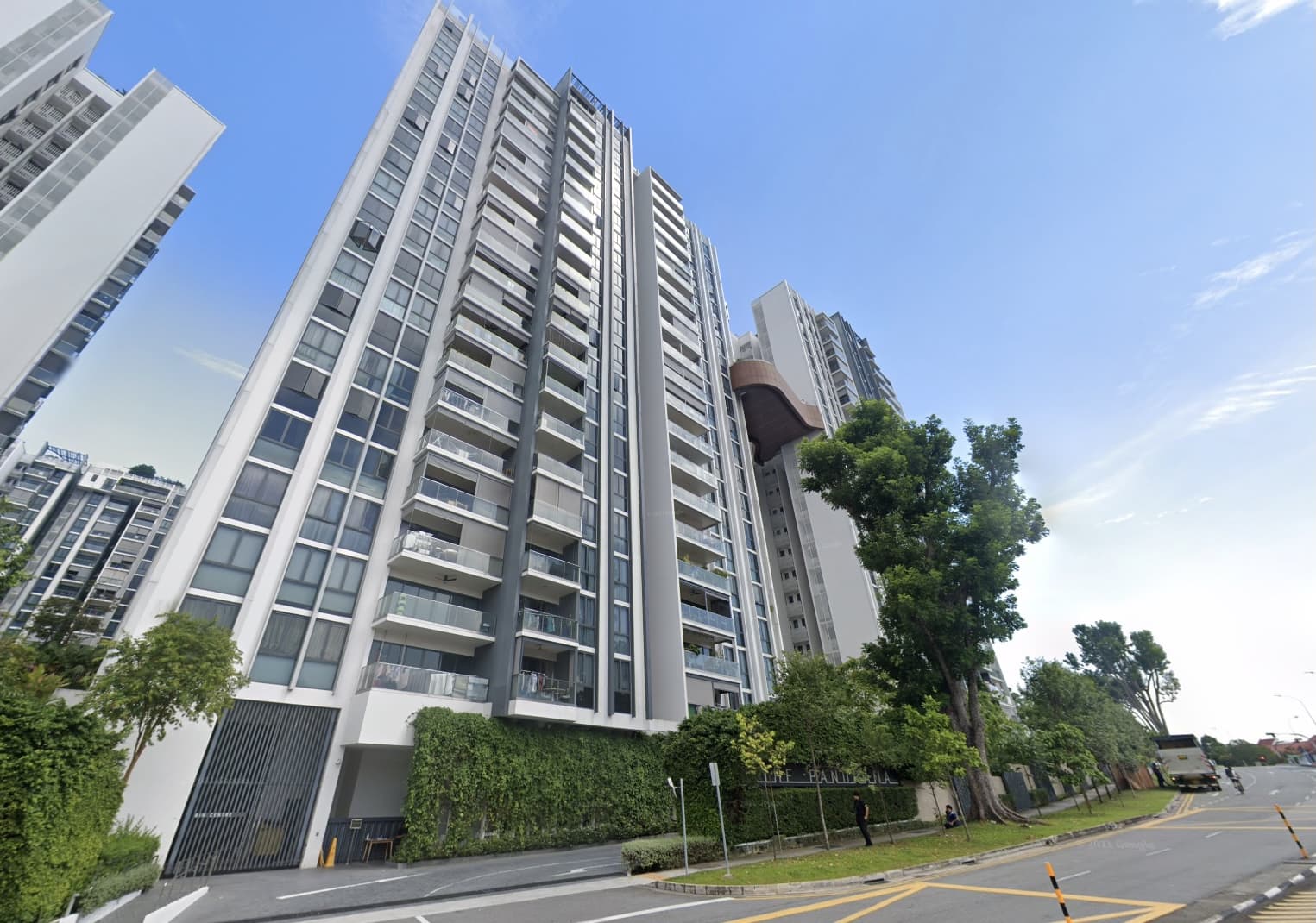
Pro This 698-Unit Ang Mo Kio Condo Launched At The Wrong Time — And Still Outperformed Peers

Singapore Property News $281.2M in Singapore Shophouse Deals in 2H2025 — But That Number Doesn’t Tell the Full Story
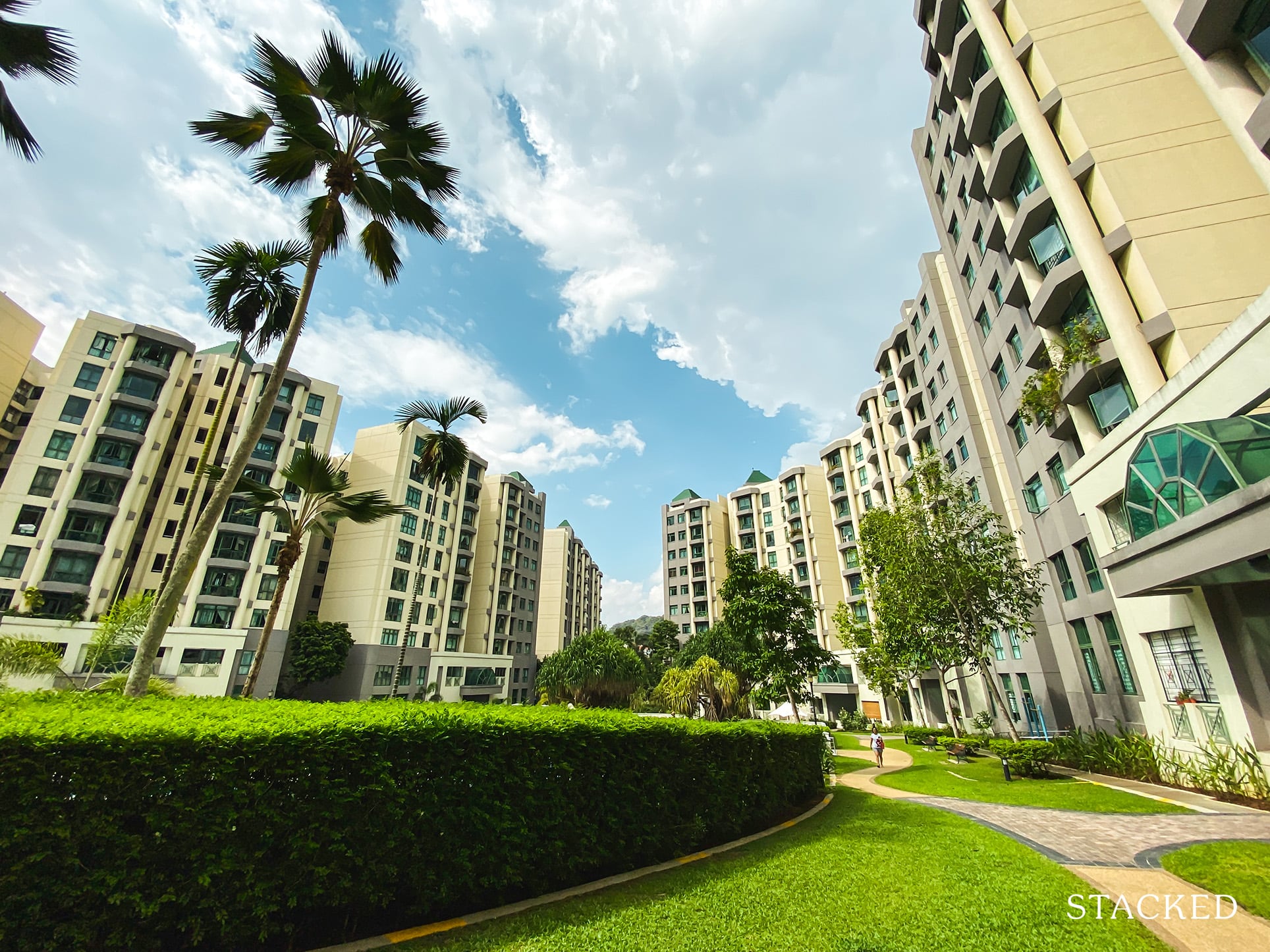
Property Investment Insights These Resale Condos In Singapore Were The Top Performers In 2025 — And Not All Were Obvious Winners

Singapore Property News CapitaLand–UOL’s $1.5 Billion Hougang Central Bid May Put Future Prices Above $2,500 PSF
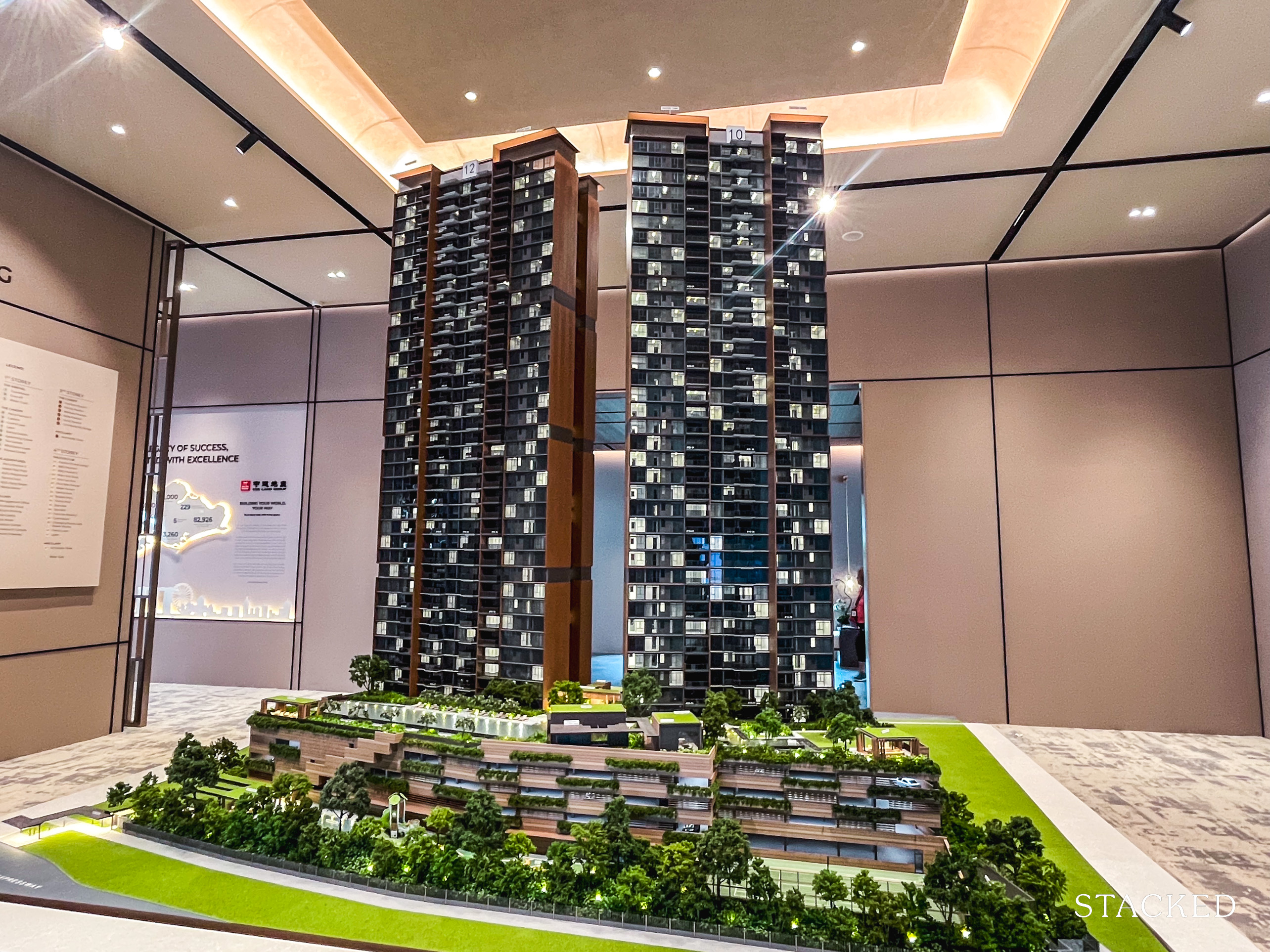
Singapore Property News Why New Condo Sales Fell 87% In November (And Why It’s Not a Red Flag)

Pro How A 944-Unit Mega-Condo In Pasir Ris Ended Up Beating The Market
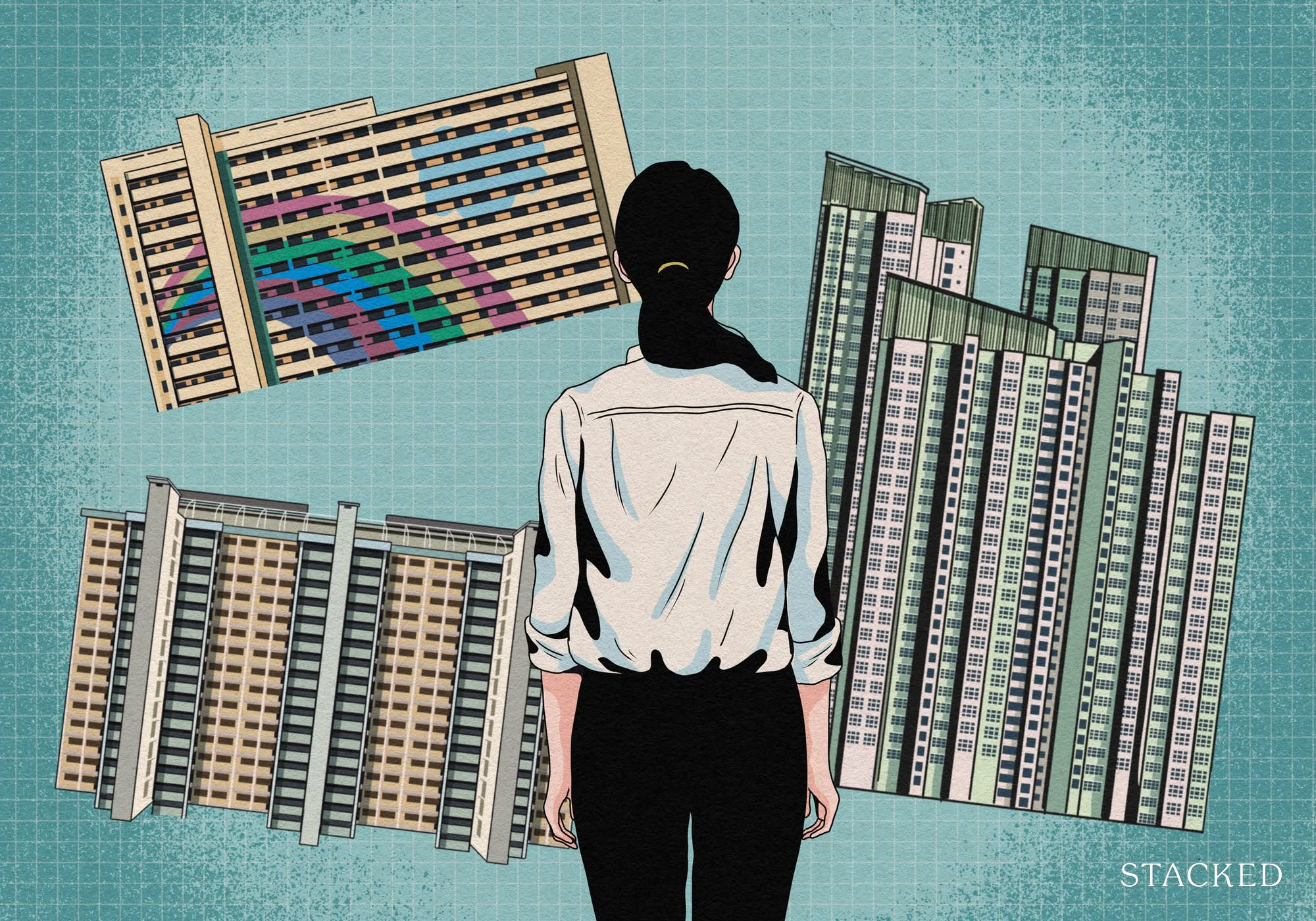
Property Investment Insights What Changed In Singapore’s Property Market In 2025 — And Why It Matters
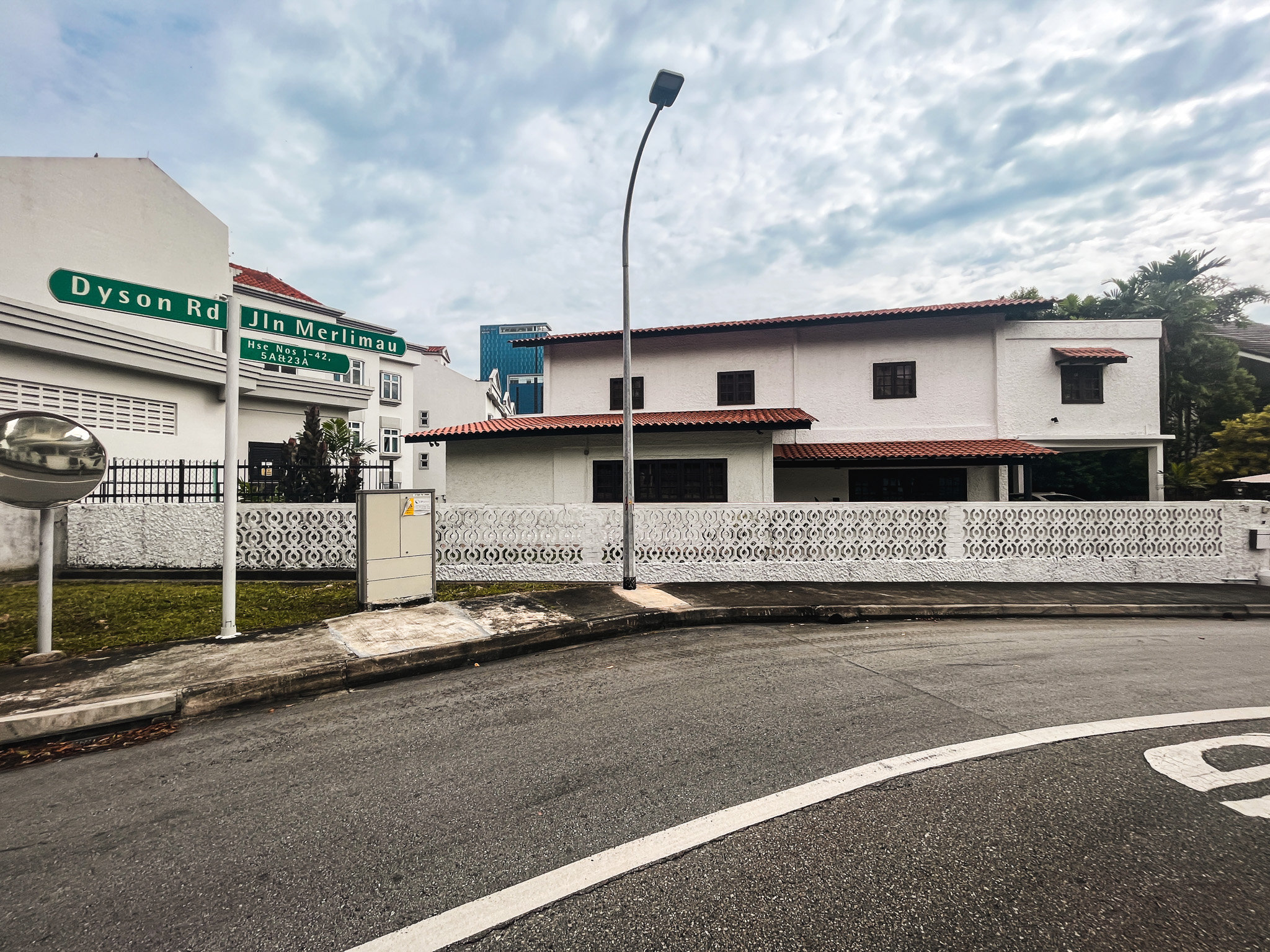
Editor's Pick We Toured A Quiet Freehold Landed Area Near Reputable Schools — Where Owners Rarely Sell
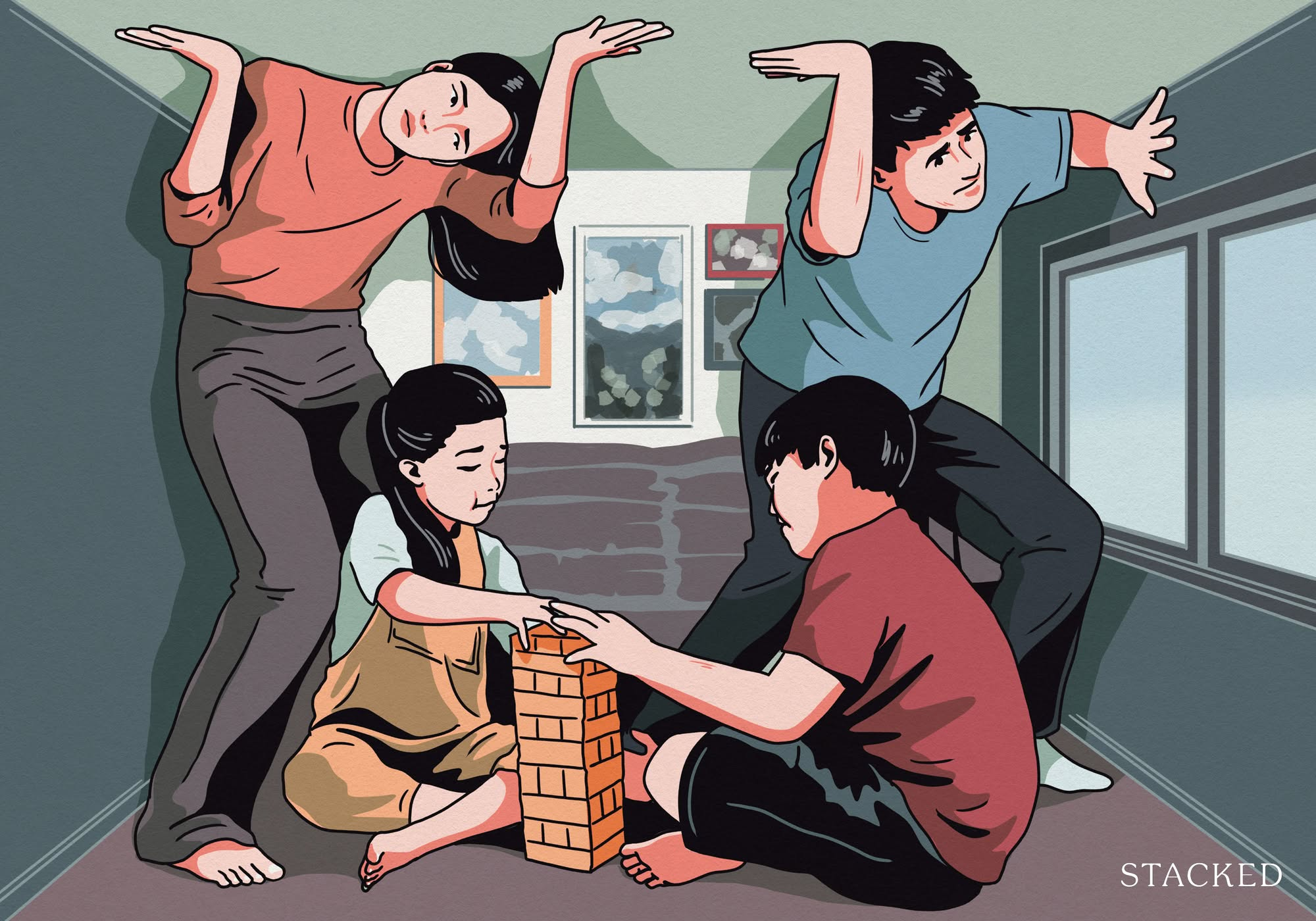
Singapore Property News How Much Smaller Can Singapore Homes Get?

Editor's Pick The Biggest Mistake Singaporeans Make When Analysing Overseas Property

Pro How Much More Should You Really Pay for a Higher Floor or Sea View Condo?
